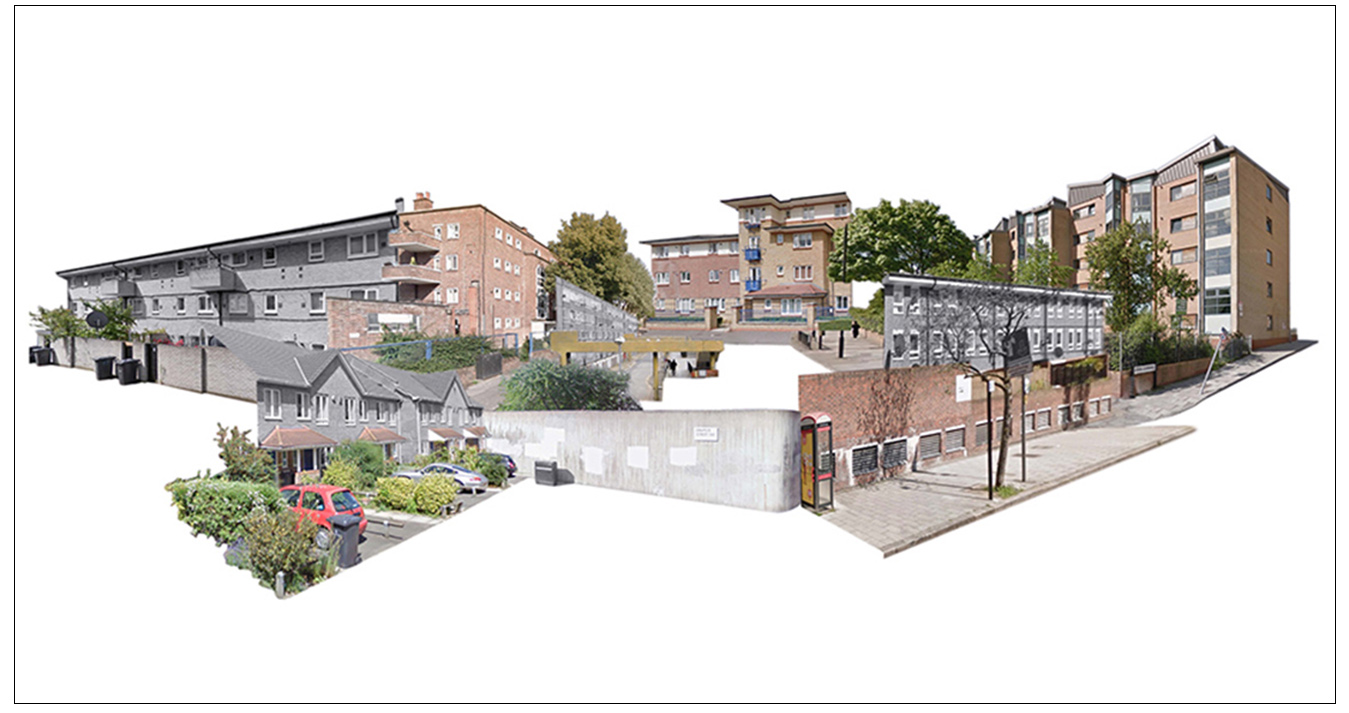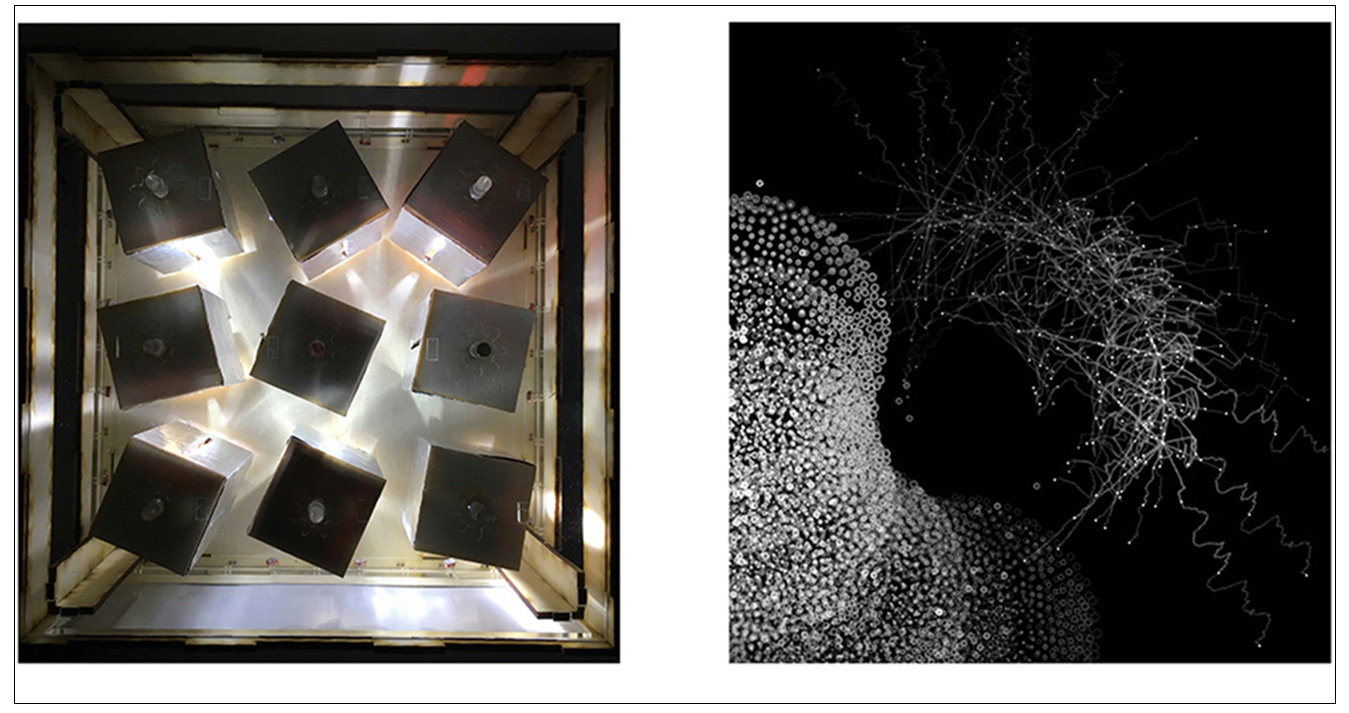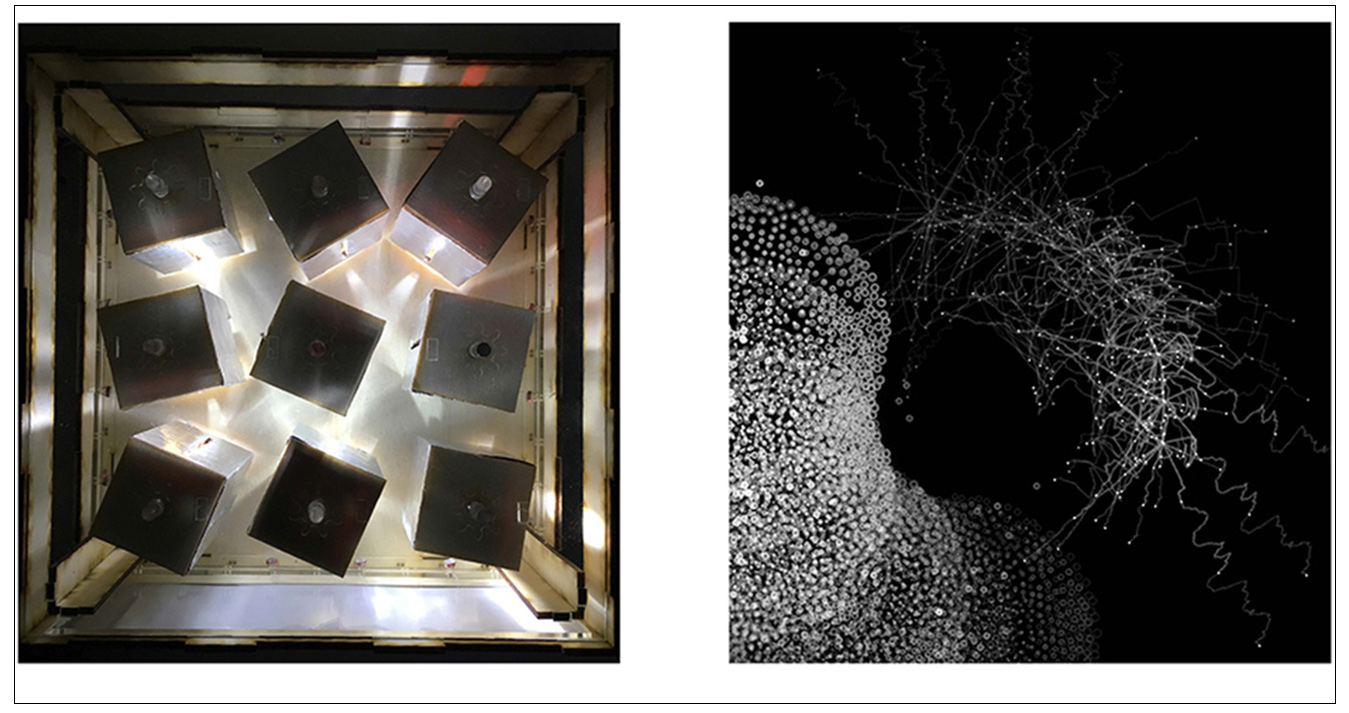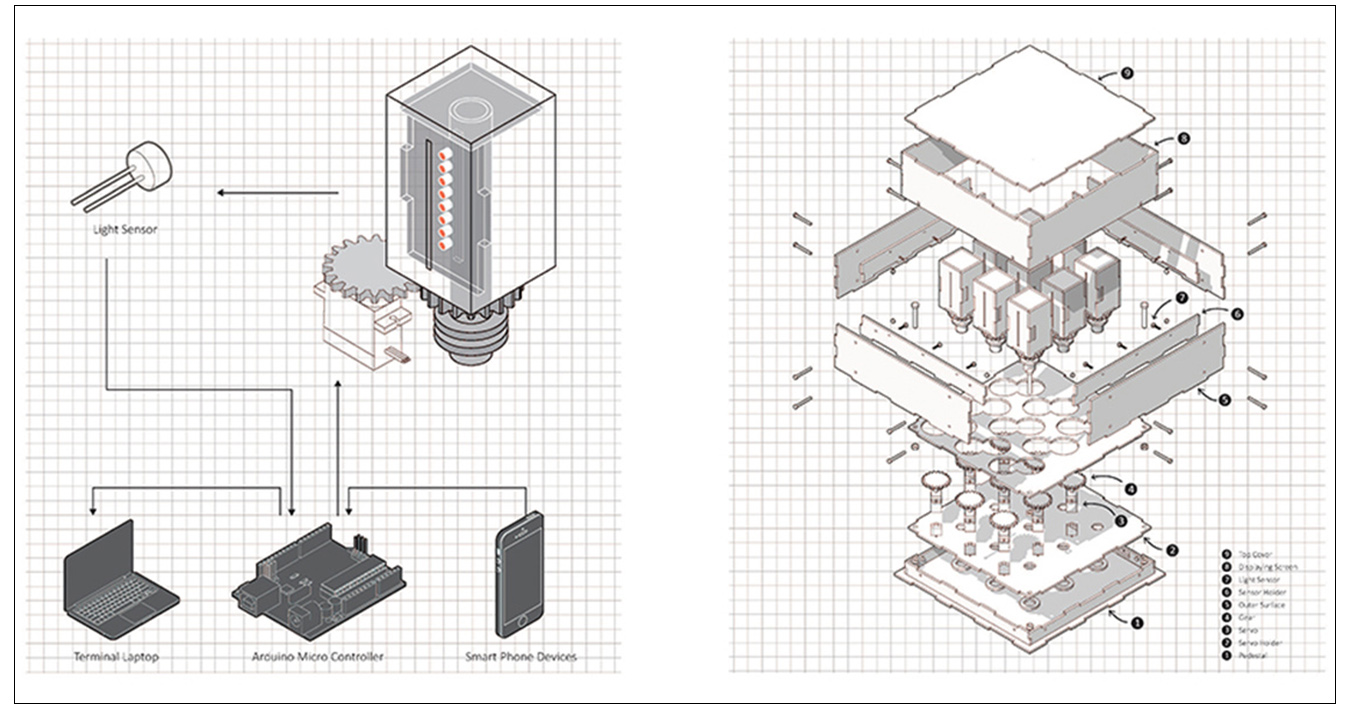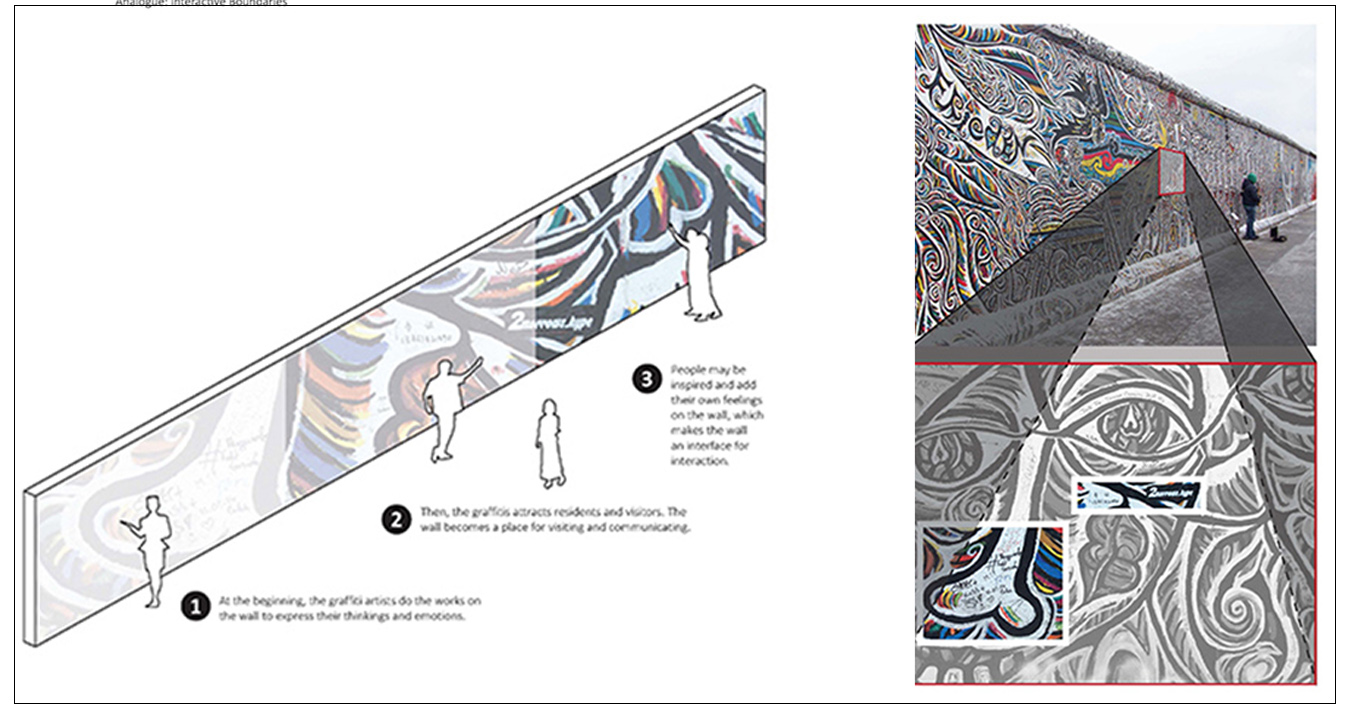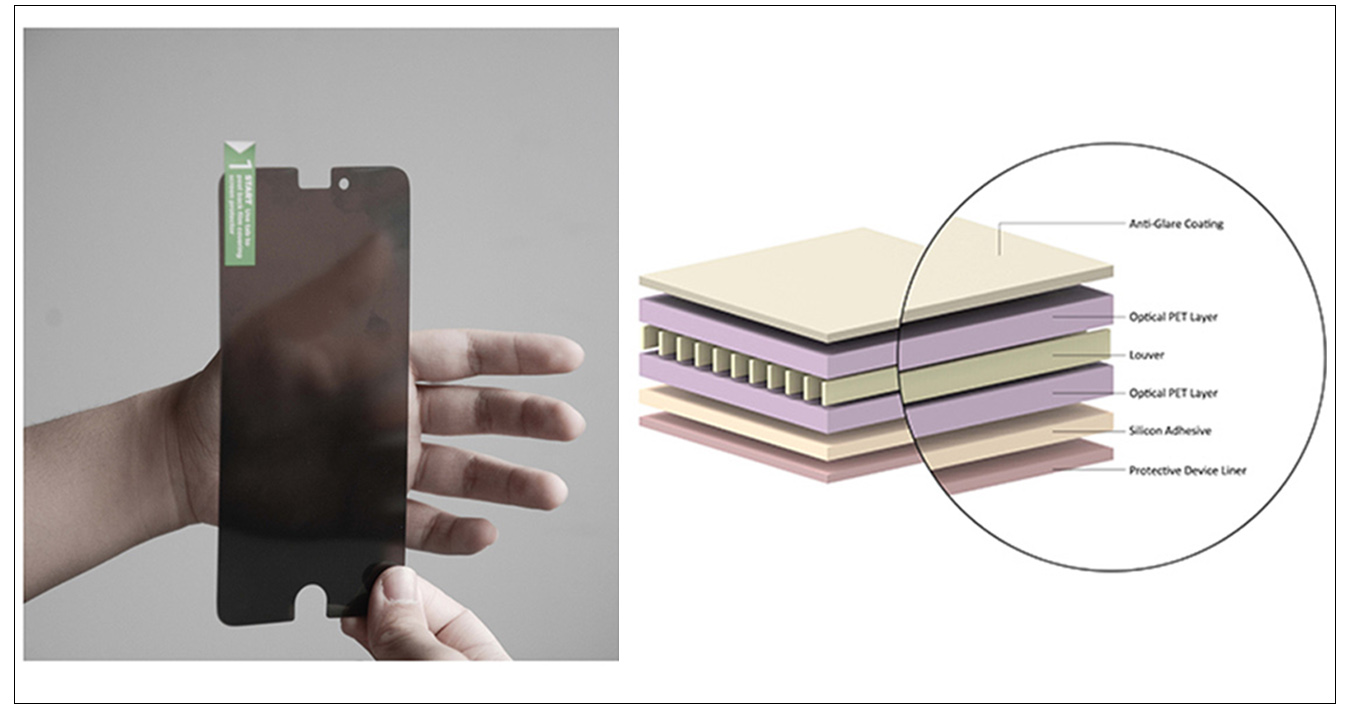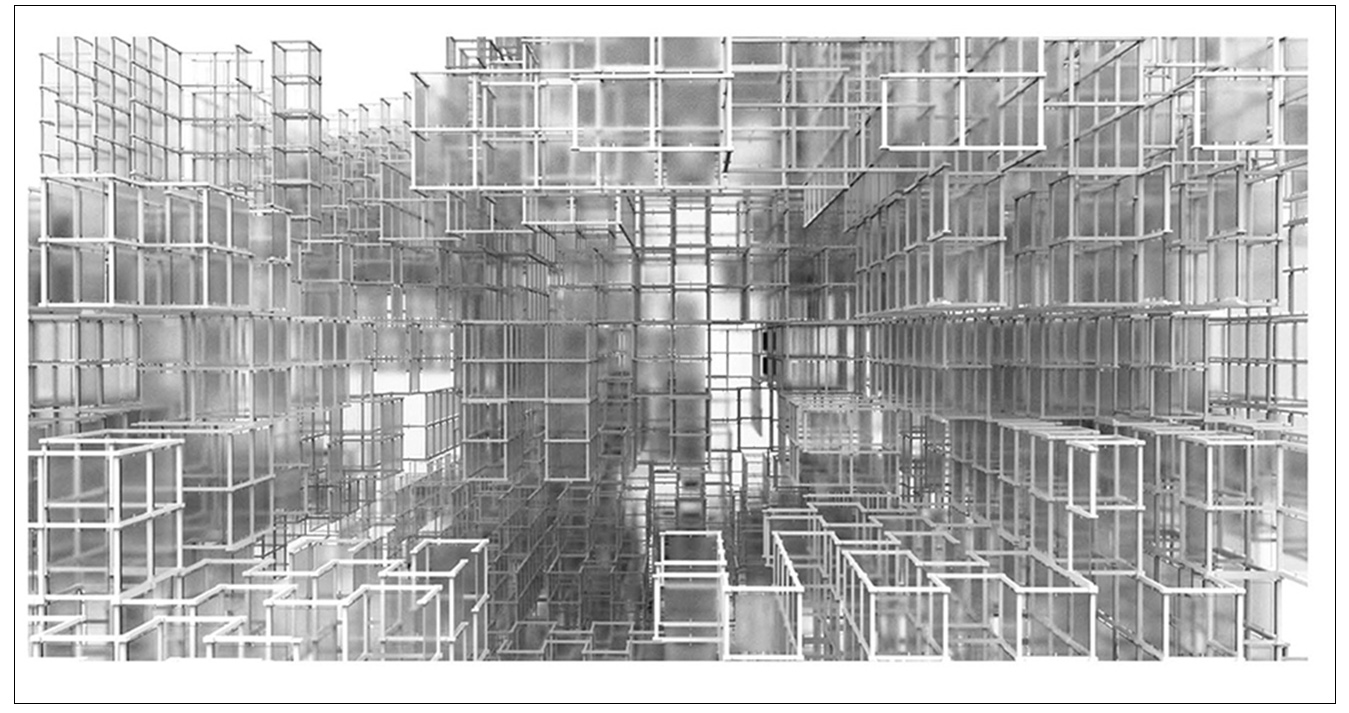Inhabitable Space Sharing
One of the most severe urban issues encountered in modern cit-iessuch as London is urban congestion. Citizens and visitors often complain that London’s streets are overcrowded. After the studies of Google Maps’ “Popular Times”, we have successfully visualised the data and tried to convey useful information of how busy a cer-tainarea is to the citizens. Especially during peak periods, there is almost no free place for people to settle down and relax. A major cause of congestion in London is the population explosion issue, but are there any other reasons?
However, when the multi-storey communal housings in London are scrutinised, it can be seen that the spaces surrounding these buildings can be accessed by the public, and that these spaces can accommodate a great number of people. Also they are far less crowded than other public spaces like streets and squares in city. Thus, how about share these communal areas to the public during the peak hours of space use in city?
If we can turn the individual families into a cohesive collective, and the space from the public space for each household into a relative-lyprivate space for the collective, the problem may be resolved. In this context, we need to build strong trust among residents and enhance the sense of belonging to the community.
By learning sharing economy model, we find that sharing is about co-operation and co-creation, which means that every person take part in the event and try to trust each other by sharing. In this way, residences can regard the community as a collective, and create private space for collectivity.
- [year] 2017
- [credits] Luo Junlin / Xu Zhehui
- [Design Tutors] Enriqueta Llabres Valls, Zachary Flucker
- [H+T Tutor] Nuria Alvarez
Inhabitable Space Sharing
One of the most severe urban issues encountered in modern cit-iessuch as London is urban congestion. Citizens and visitors often complain that London’s streets are overcrowded. After the studies of Google Maps’ “Popular Times”, we have successfully visualised the data and tried to convey useful information of how busy a cer-tainarea is to the citizens. Especially during peak periods, there is almost no free place for people to settle down and relax. A major cause of congestion in London is the population explosion issue, but are there any other reasons?
However, when the multi-storey communal housings in London are scrutinised, it can be seen that the spaces surrounding these buildings can be accessed by the public, and that these spaces can accommodate a great number of people. Also they are far less crowded than other public spaces like streets and squares in city. Thus, how about share these communal areas to the public during the peak hours of space use in city?
If we can turn the individual families into a cohesive collective, and the space from the public space for each household into a relative-lyprivate space for the collective, the problem may be resolved. In this context, we need to build strong trust among residents and enhance the sense of belonging to the community.
By learning sharing economy model, we find that sharing is about co-operation and co-creation, which means that every person take part in the event and try to trust each other by sharing. In this way, residences can regard the community as a collective, and create private space for collectivity.


